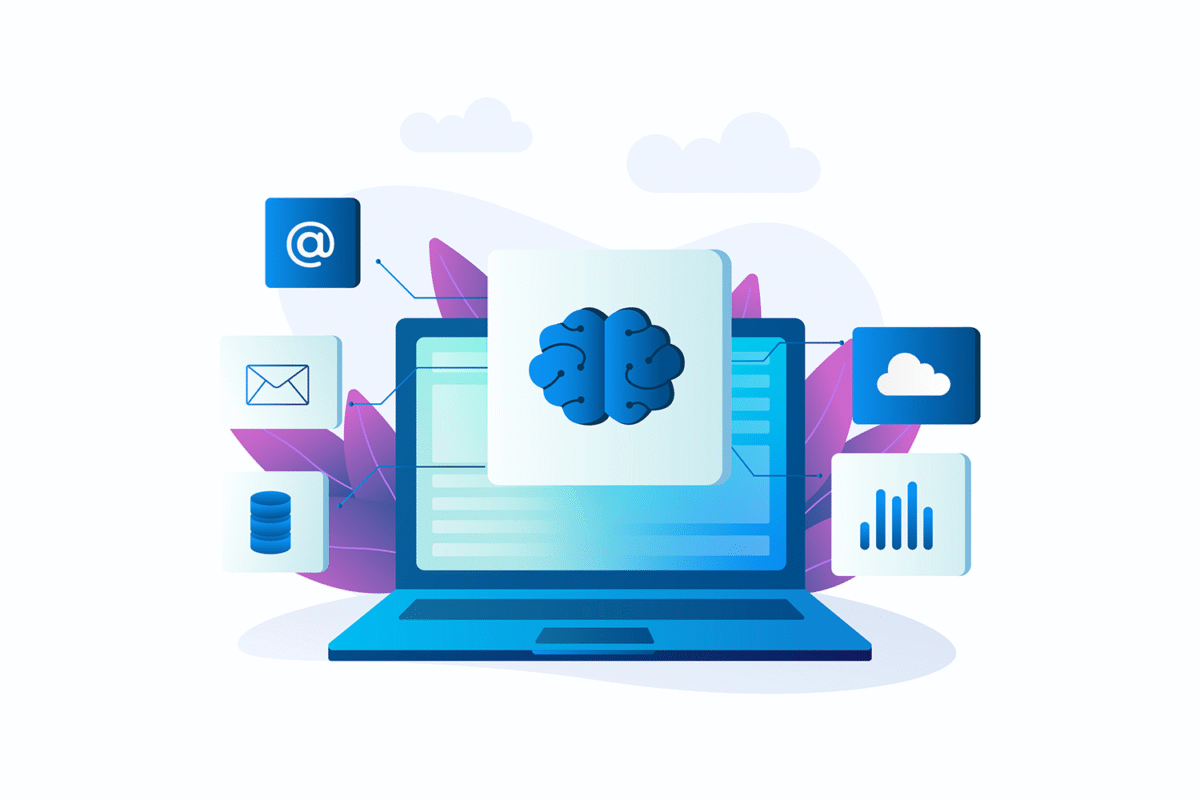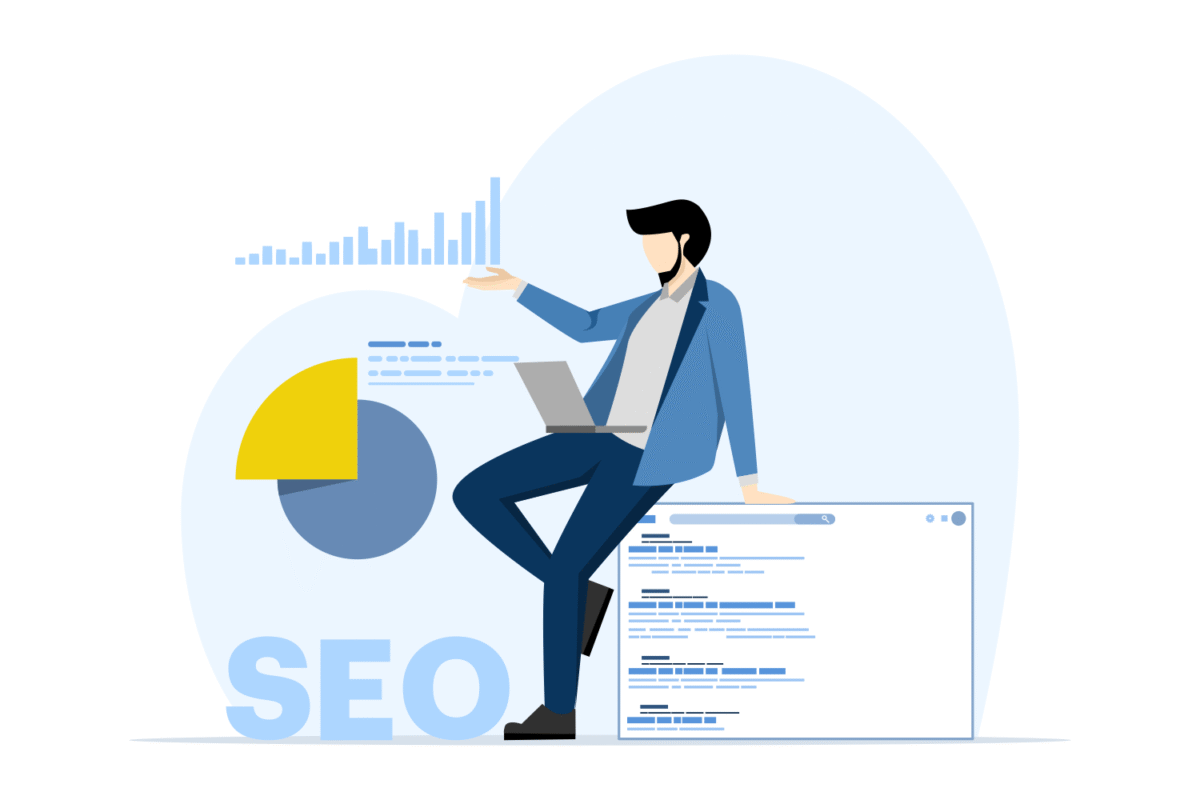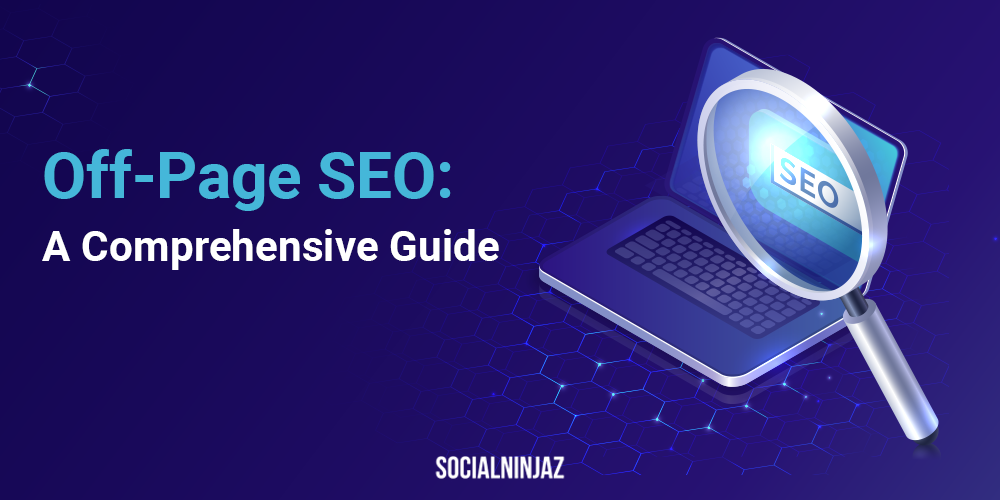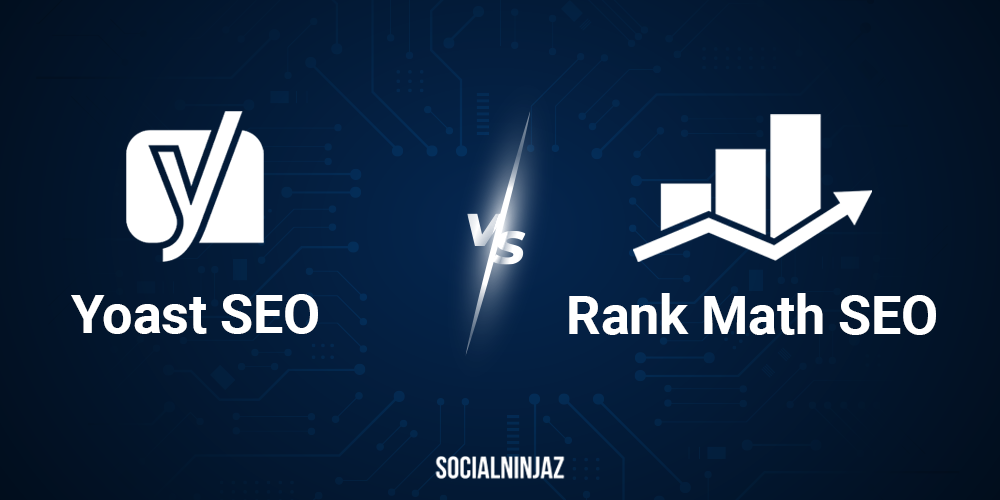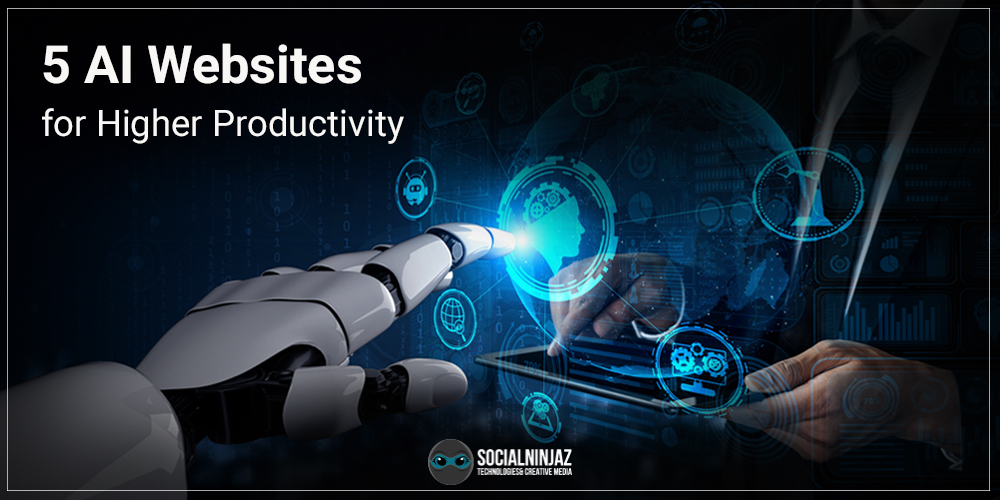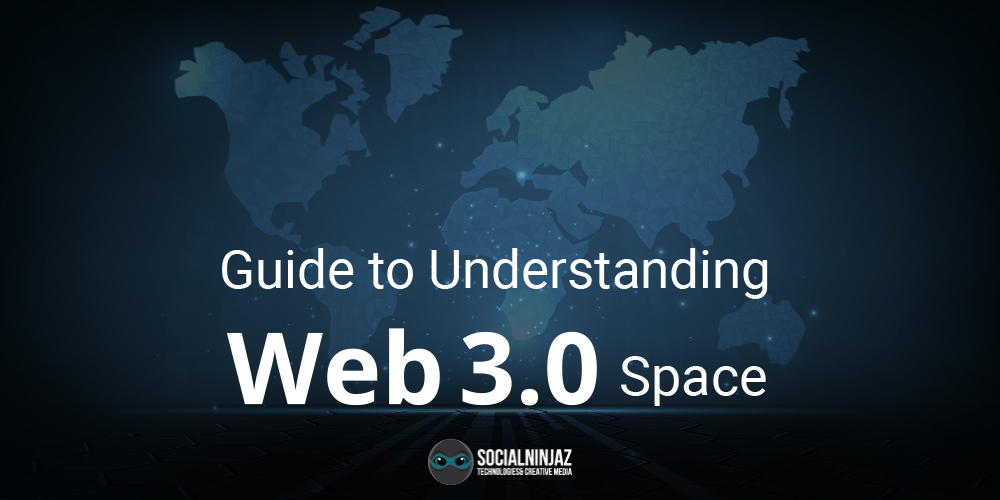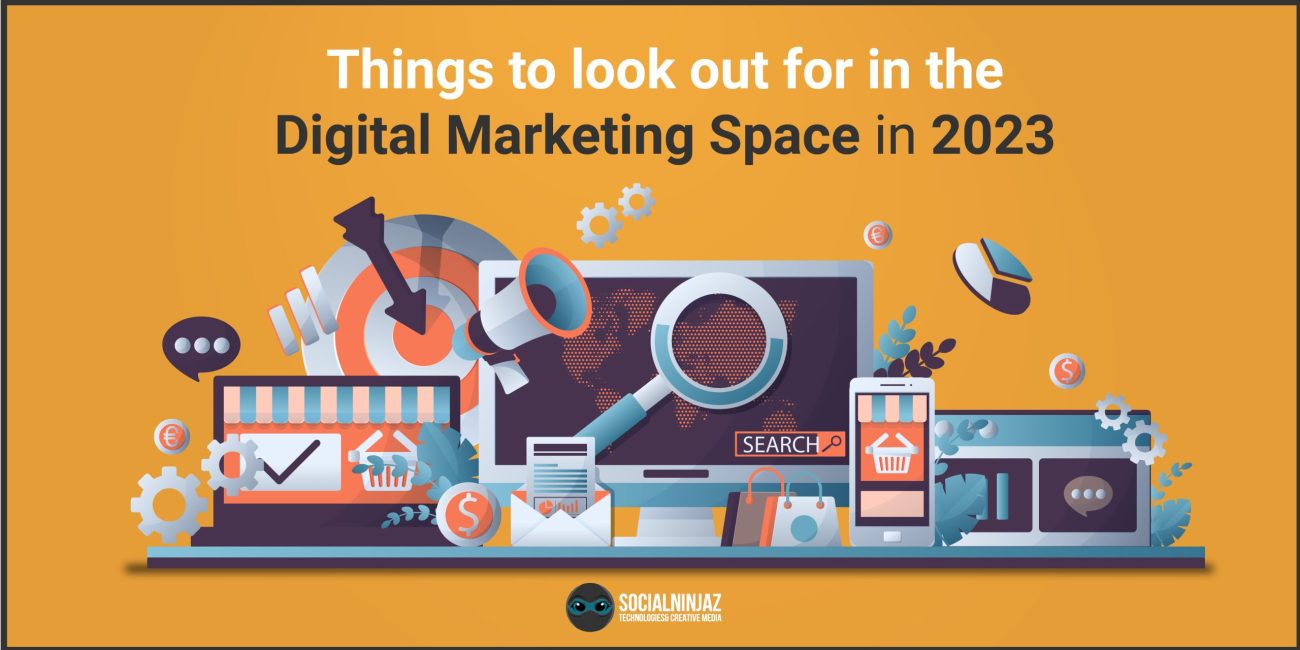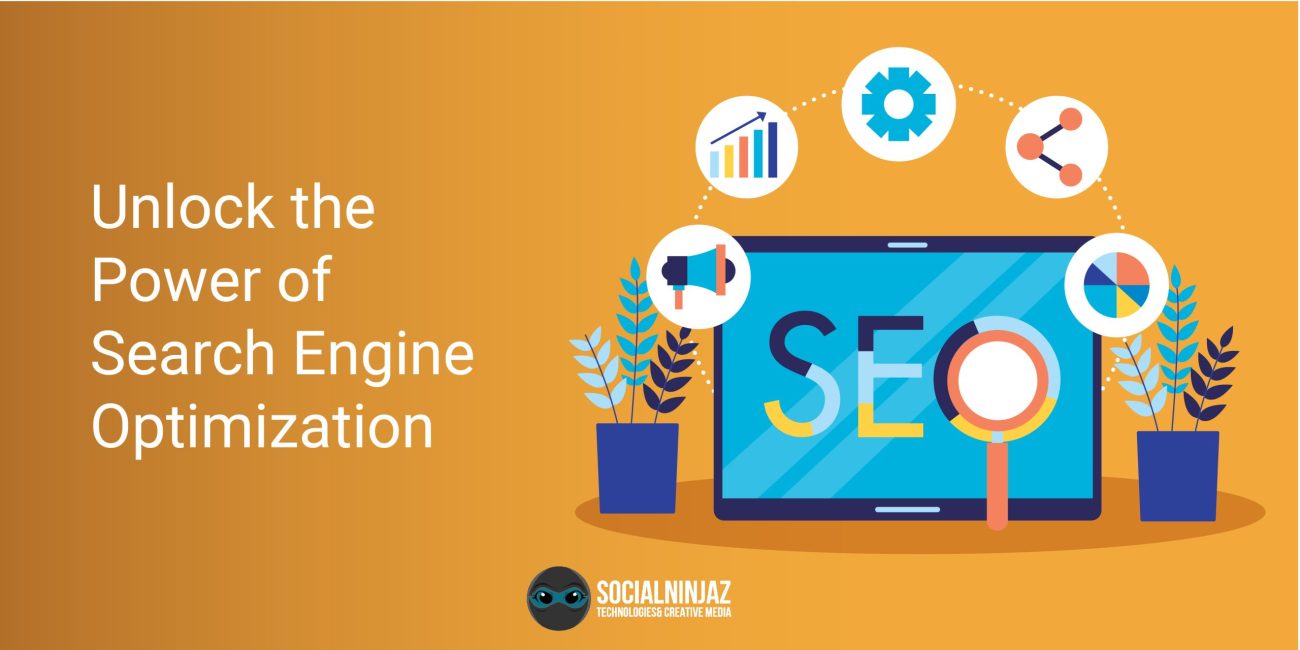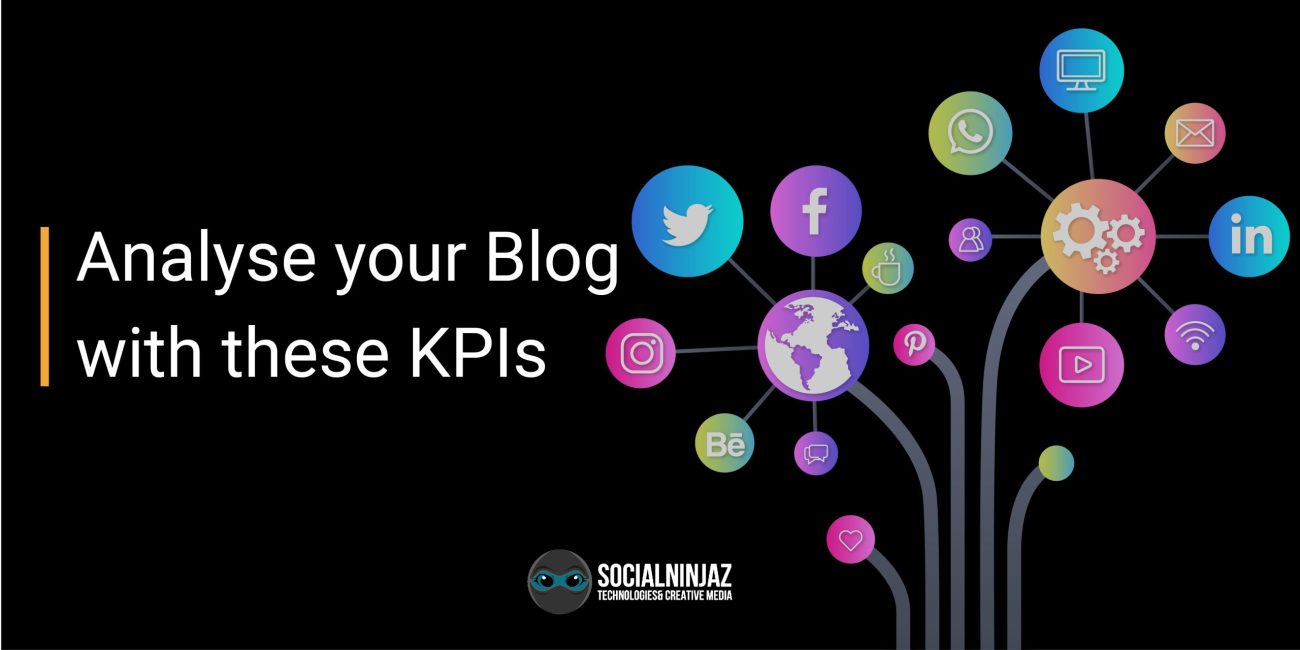Blog

ChatGPT: The Latest Threat to Human Employment
The development of Artificial Intelligence (AI) technology has transformed numerous industries, and its application in Natural Language Processing (NLP) has resulted in the creation of chatbots. Chatbots are computer programs that simulate conversation with human users, and ChatGPT is one such example. ChatGPT is a large language model trained by OpenAI, based on the GPT-3.5 architecture. With regular advancements in technologies, many jobs are not converting to automation leading to higher efficiency and a decrease in manpower. It has the potential to revolutionize the way we communicate with machines, but is it also a threat to human employment?
Table of Contents
ToggleWhat is ChatGPT?
ChatGPT is a language model developed by OpenAI. It is part of the GPT (Generative Pre-trained Transformer) series of language models and is currently one of the largest and most advanced language models available. The model has been trained on a massive corpus of text data and can generate human-like responses for interactive prompts. ChatGPT was introduced to understand and respond to natural language, making it an ideal tool for many industries, including customer service, chatbots, and personal assistants.
The Impact of ChatGPT on the Global Employment Scenario
One of the primary concerns surrounding the development of AI technology is its impact on the job market. As AI systems become more advanced, there is a risk that they will replace human workers, leading to widespread unemployment. ChatGPT, as a language processing tool, can automate many jobs that involve communication with customers or clients.
For example, customer service jobs, such as call centre operators or live chat agents, could be replaced by ChatGPT. The chatbot could handle customer queries and complaints, providing 24/7 service without the need for human intervention. Similarly, virtual assistants, like Siri or Alexa, could be replaced by more advanced chatbots like ChatGPT. These technologies could significantly reduce the demand for human workers in these roles, potentially leading to widespread job losses.
However, it is essential to note that the impact of ChatGPT on the job market is not all negative. The technology could also create new job opportunities in the maintenance of the chatbot. As more companies adopt ChatGPT, there will be a growing demand for developers and engineers who can create and maintain these systems. Additionally, there may be new job opportunities in areas such as data analysis, as companies use ChatGPT to collect and analyze customer data.
The Potential for ChatGPT to Disrupt Human Employment
However, the increased use of ChatGPT and other AI-based technologies also raises concerns about job displacement and unemployment. As more businesses adopt these technologies, there is a risk that human jobs in areas such as customer service, sales, and support will become redundant.
The impact of ChatGPT on human employment will depend on how it is integrated into businesses and the types of jobs it replaces. While it is true that ChatGPT can handle many routine and repetitive tasks, there are still many areas where human interaction and expertise are necessary. For example, in areas such as healthcare, finance, and legal services human expertise and judgment are critical. AI-based technologies may not be able to fully replace human intelligence.
Furthermore, the adoption of ChatGPT and other AI-based technologies can also create new job opportunities in areas such as data analysis, programming, and AI development. As businesses invest in these technologies, they will require skilled professionals to design, implement, and manage them.
In conclusion,
ChatGPT and other AI-based technologies have the potential to revolutionize the way businesses interact with customers and provide services. However, their adoption also raises concerns about job displacement, unemployment, and ethical concerns around data privacy and protection. To ensure that these technologies are used in a responsible and sustainable way, it is essential that businesses and policymakers take a proactive approach to managing their adoption and minimizing their potential negative impacts.
admin
Don’t forget to share this post
Similar posts
Why Hiring a WordPress Website Designer Is a Smart Move for Your Business
How Startups Can Leverage Branding Through Social Media for Faster Recognition
How a Web Development Agency Drives SEO, UX, and Long-Term ROI
Building Website for Business vs Relying on Social Media: What Works Best
Marketing Your Business on Social Media – Strategies That Actually Work in 2025
Why You Should Hire a Website Development Agency to Scale Your Business in 2025
Why Your Brand Needs Professional Website Development Services Today
How Web Development Services Empower Brands to Lead in the Digital Age
Why Your Brand Needs a Human-Centric Social Media Marketing Agency
How Does SEO-Friendly Website Design Boost Traffic?
Digital Marketing Using Social Media: What Google’s Latest Update Means for Your Brand in 2025
Why Website Design and Development Services Drive Business Growth
Mastering Social Media Branding: What 2025’s Boldest Indian Brands Are Doing Differently
Why Website Development Services Are Essential for Small Business Growth
Why Hiring a Website Development Agency Is the Smartest Move for Your Business
Janta Sab Jaanti Hai… Par Bhushan Behtar Bechta Hai!!!
What’s the Fuss about Twitter Verification
ChatGPT: The Latest Threat to Human Employment
Difference between a Website and Web Application
Unmasking the Dark Side of SEO: Balancing the Risks and Rewards of Black Hat SEO vs White Hat SEO
Most Suitable Ads for my Business: Search Ads VS Display Ads
Top SEO Websites in the World
How to Get Instagram Verification Blue Tick???
Introduction to Proximity Marketing
YouTube Marketing: Boost Your Online Presence
Off-Page SEO: A Comprehensive Guide
Yoast SEO VS Rank Math SEO
Why Content is King in Modern On-Page SEO
Remarketing 101
Shopify VS WordPress: Which one is more suitable for your business?
Affiliate Marketing 101: Benefits and How to get started
Instagram Stories vs Snapchat Stories
A journey from 0 to 1000 Instagram followers in 10 days
10 Graphic Design Rules Everyone Must Follow
5 Artificial Intelligence Websites for Higher Productivity
Guide to Understanding Web 3.0 Space
What is Influencer Marketing?
Top 20 Performance Marketing Terms You Must Know
Things to look out for in the Digital Marketing Space in 2023
Mastering the Art of Snapchat Marketing
Unlock the power of Search Engine Optimization
Analyse your blog with these KPIs
The Most Innovative and Memorable Social Media Campaigns of the past two decades




